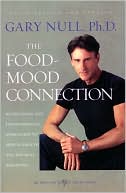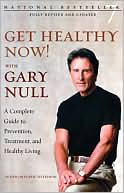Why Wrongful Convictions Happen
 January 26, 2011
January 26, 2011 In response to Brian Deer's assertion that one's questioning the outcome of a legal proceeding is simply "second guessing" and that the judgement recently passed upon Dr. Andrew Wakefield is final and merits no further discussion or investigation, we wanted to share some facts and stats that illustrate the contrary.
Here is an article detailing information on why and how convictions are overturned by Joanne Aika Castillo, a legal researcher and writer who specializes on Wrongful Convictions and other Civil Rights cases in Illinois.
http://www.articlesbase.com/criminal-articles/why-wrongful-convictions-happen-1017141.html
According to research, almost 5% to 10% of the US prison population are factually innocent of the crimes they were convicted. What this means is that almost 200,000 convicts are innocent; 90% of which actually pled guilty of their crime. (Usually at the advice of the attorney, to receive a plea bargain)
Some additional info --
Numerous factors lead to the wrongful conviction of innocent people for crimes they did not commit. In cases where innocence investigations have resulted in exonerations, studies were performed to identify the cause(s) of the underlying conviction.
Factors Leading to Wrongful Conviction:
- 81% of time - Mistaken Identification by Eyewitnesses
- 51% of time - Serology Errors (ABO, protein blood typing)
- 50% of time - Police Misconduct
- 45% of time - Prosecutorial Misconduct
- 35% of time - Forensic Hair Comparison Errors
- 34% of time - Junk/Sloppy Science admitted at trial
- 32% of time - Bad Lawyering
- 22% of time - False Confessions
- 20% of time - Deliberately False witness testimony
- 19% of time - Deliberately False snitching by informants
- 7% of time - Other Forensic Science errors
- 1% of time - DNA testing errors
Scheck, B., Neufeld, P. & Dwyer, J. Actual Innocence: When Justice Goes Wrong and How to Make It Right. NY: Penguin Books. (2001).
 Email Article |
Email Article | 



